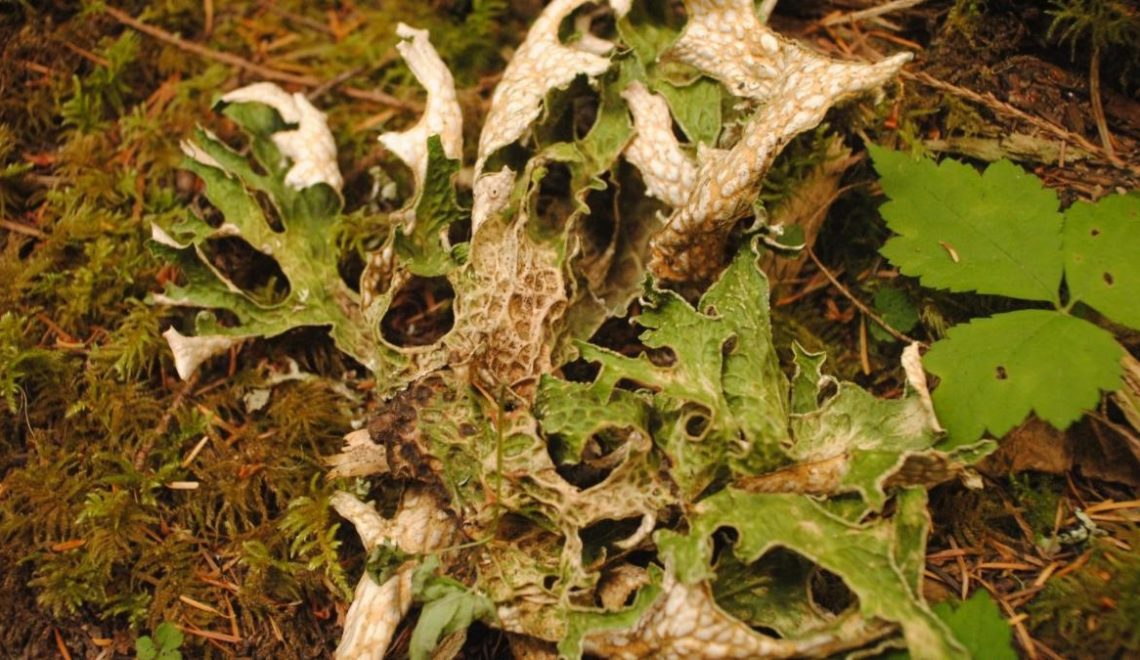
Take a Liking to Lichen
The natural world is full of fascinating interactions and connections. Symbiotic relationships form between different biological species and these links play an important selective force in evolution. While some species can attribute large parts of their success to the help of separate organisms, others might be harmed by their association. And in some partnerships, the individuals that come together lose their own identify, and a new, different, dual organism is formed.

Lichens consist of a fungus living in a symbiotic relationship with an alga or cyanobacterium (or in some instances, both.) Fungi lacks chlorophyll and is therefore incapable of photosynthesis. By associating with photosynthetic algae, the fungus provides itself with constant access to nutrition by enclosing and “farming” its green counterpart. In return, the algae and cyanobacteria are incorporated into a new form that help them survive in conditions they would not normally thrive in and are provided with minerals dissolved by the fungus.
Lichens have some of the most modest requirements of all visible life forms. Capable of surviving with little moisture, and any amount of sunlight, much of their success lies in the ability to use what resources are available, when they are available, and suspending activity when they are not. Able to colonize environments from the Arctic tundra, to hot deserts, to the rocky coasts, we see the highest lichen biomass and fastest growth rates in areas with mild temperatures, high rainfall, and low light levels. Sound familiar?

The notable presence of lichens in the forests of Olympic National Park not only offer beauty, but many essential ecosystem functions. Low nitrogen levels in the soil is a limiting factor for tree growth. The cyanobacteria in the lichen are able to “fix” nitrogen, or convert the gas from the air into a usable form. When the lichens fall from the trees, they decompose and leach nitrogen into the soil which becomes available for plants. Lichens also contribute to a phenomenon known as “biological weathering” secreting an acid that dissolves minerals from rocks, slowly contributing to the formation of new soil.

Lichens absorb everything in the air through the outer layer. From beneficial moisture and nutrients, to harmful pollutants, they take it all in. Unable to survive in places with heavy air-pollution, the presence of lichen can also be used as an indicator of air-quality. There are many lessons we can learn from nature. Sometimes, the union of two very different things, can create something new, even greater than the sum of its parts.


